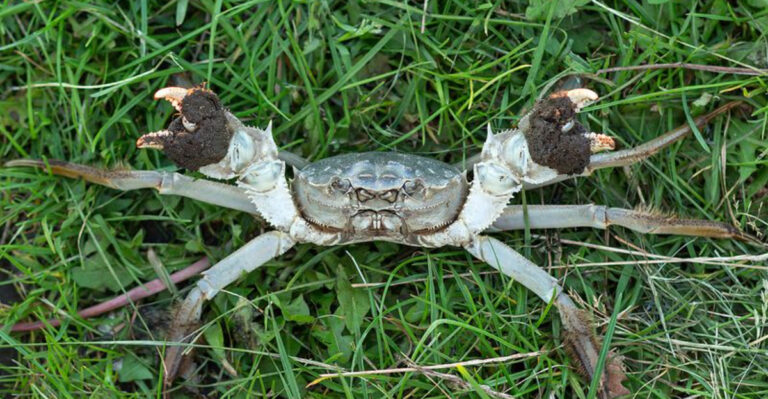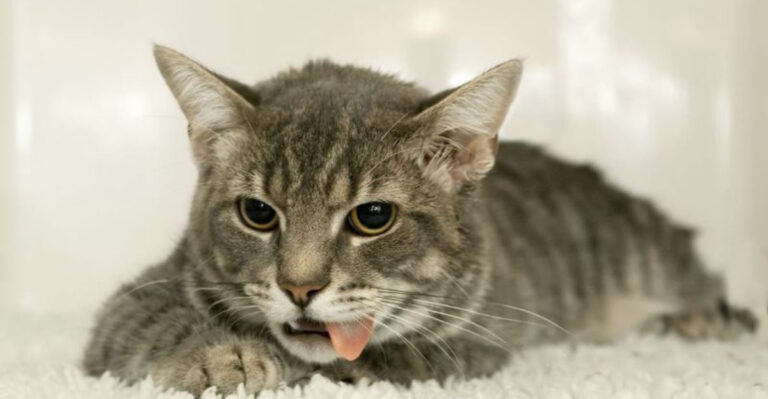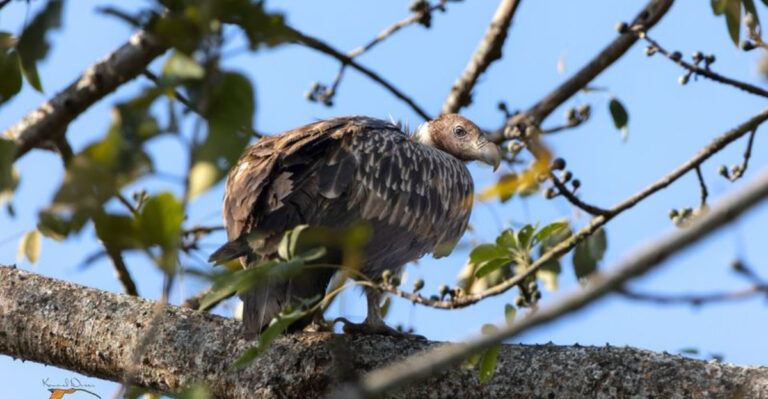One Of The Rarest Seals On Earth Lives In Hawaii, And It Needs Our Help

Meet the Hawaiian monk seal, one of our planet’s most endangered marine mammals with fewer than 1,600 individuals left in the wild.
These charming creatures with whiskers and soulful eyes live only in Hawaii, making them unique treasures of the Pacific. Their survival hangs in the balance as they face threats from human activities, habitat loss, and disease.
1. Nearly Gone Forever
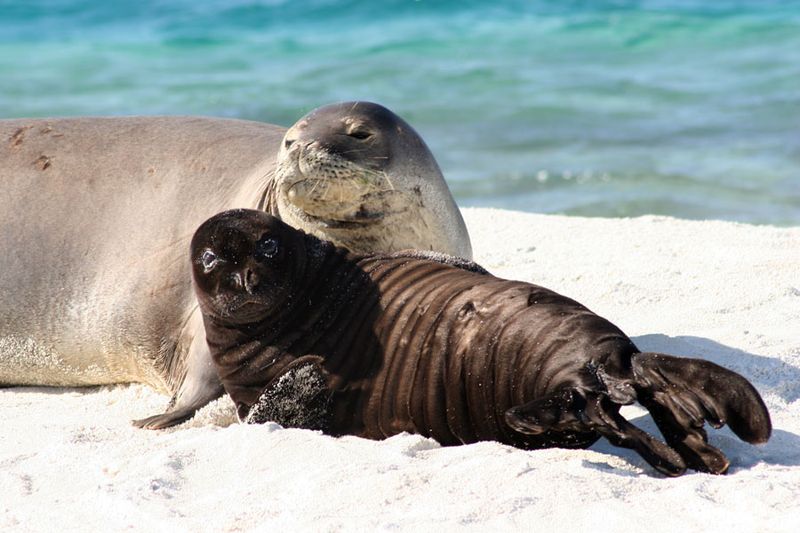
With just 1,400-1,600 individuals remaining, Hawaiian monk seals stand on the brink of extinction. They hold the unfortunate title of being the most endangered seal in U.S. waters.
Their population has dwindled so dramatically that each individual birth represents hope for the entire species. Marine biologists track every seal meticulously, knowing that losing even a few could tip the balance toward extinction.
2. Hawaii’s Special Residents
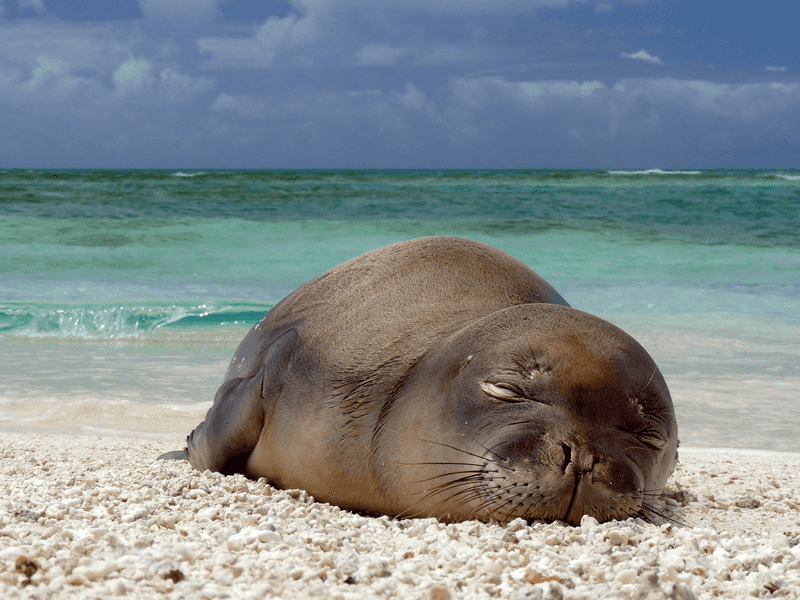
Found nowhere else on Earth, these remarkable seals call the Hawaiian archipelago their exclusive home. Their territory spans from the remote Northwestern Hawaiian Islands to the main islands where tourists flock.
Ancient Hawaiians named them ‘Ilio-holo-i-ka-uaua’ meaning ‘dog that runs in rough water.’ These native animals evolved in isolation for millions of years, developing unique adaptations to their island paradise.
3. Slow Road To Recovery
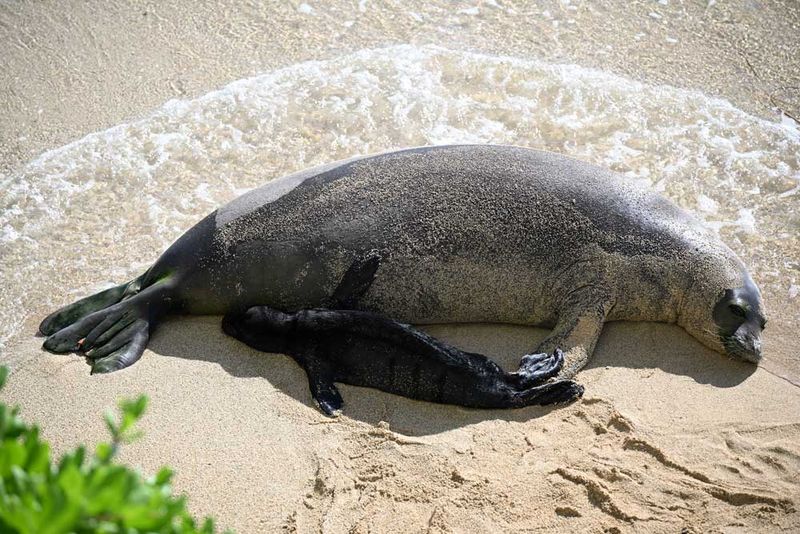
Hunted mercilessly in the 19th century, monk seal numbers plummeted to near extinction. Today’s population shows tentative signs of hope with a modest 1-3% annual growth rate.
Conservation efforts have helped push total numbers occasionally above 1,500 individuals. Each birth represents a victory, though recovery remains painfully slow compared to other seal species. Scientists celebrate even tiny population increases as significant wins.
4. Genetic Bottleneck Crisis
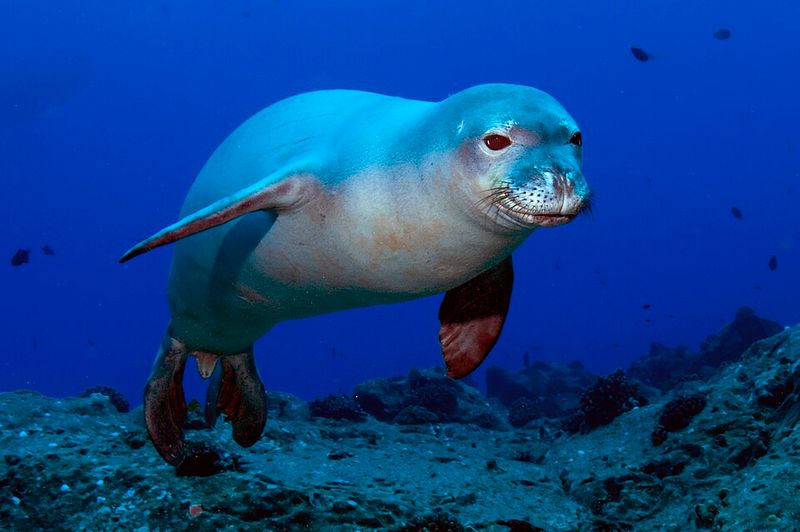
Commercial sealers, whalers, and military culls devastated monk seal populations, creating a severe genetic bottleneck. Today’s seals suffer from extremely limited genetic diversity as a result.
This lack of genetic variation makes them vulnerable to diseases and environmental changes. Scientists compare their DNA samples and find troubling similarities between individuals. The species’ future health depends on preserving every genetic lineage that remains.
5. Dangerous Human Encounters
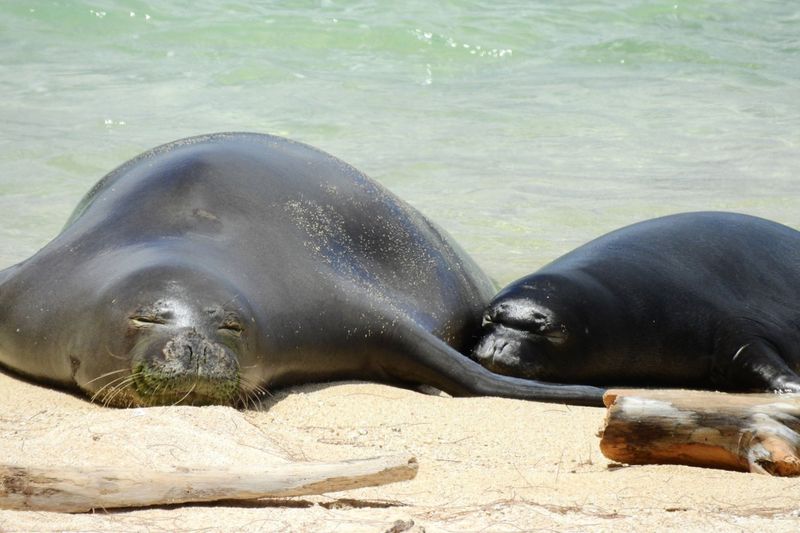
Tragic interactions with humans pose serious threats to monk seal survival. Some seals have been deliberately shot, while others become entangled in abandoned fishing gear or marine debris.
Beach visitors often disturb resting seals, forcing mothers to abandon pups. Perhaps most surprising is the threat from cat feces washing into the ocean, which spreads toxoplasmosis—a disease that has killed numerous seals. Each human-caused death represents a preventable tragedy.
6. Trapped In Ocean Trash
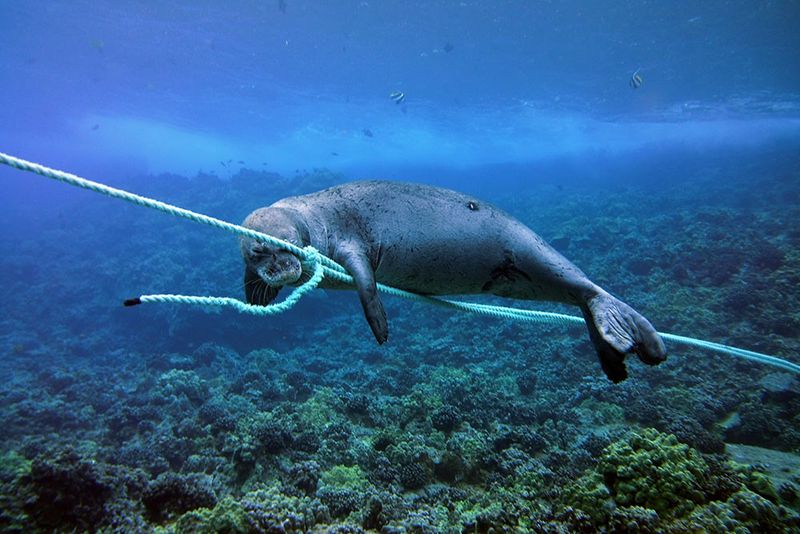
Marine debris poses a deadly threat as these curious seals often investigate floating objects. Discarded fishing nets, lines, and hooks become deadly traps that cut into their skin or prevent them from swimming and hunting.
Rescue teams regularly perform surgeries to remove embedded hooks and entanglements. Many seals bear scars from these encounters. Without human intervention, entangled seals face slow, painful deaths from infection, starvation, or drowning.
7. Natural Survival Challenges
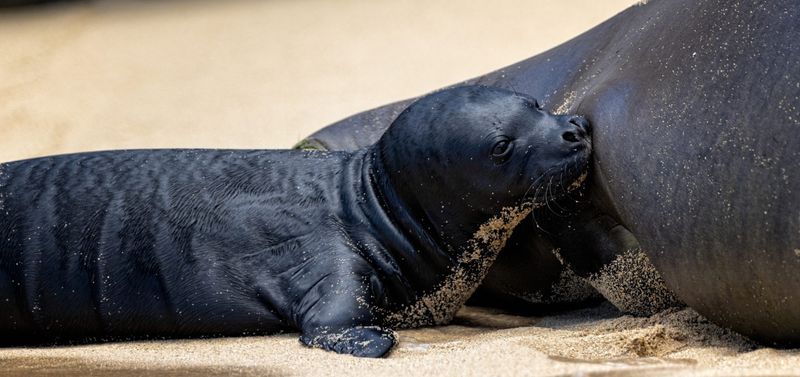
Beyond human threats, monk seals face natural predators that target vulnerable pups. Tiger sharks and Galapagos sharks patrol pupping beaches, creating a gauntlet for young seals learning to swim.
Food scarcity presents another challenge. Changing ocean conditions affect fish populations that seals depend on. Many pups don’t survive their first year when food becomes scarce. Mother seals must hunt longer, leaving their young exposed on beaches.
8. Disappearing Beaches
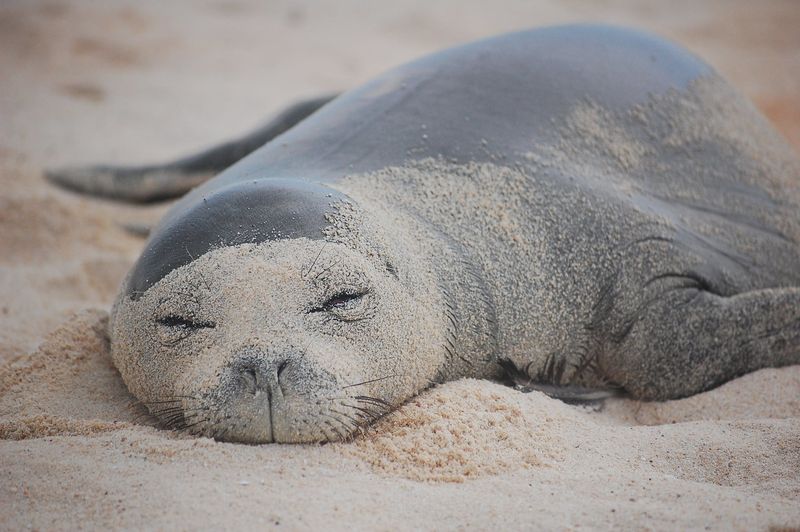
Rising sea levels from climate change have already erased critical pupping beaches on low-lying islands like East and Trig. Monk seals need these protected shorelines to safely raise their young.
Females now crowd onto remaining beaches, increasing disease transmission risks. Some islands with essential habitat contain hazardous abandoned military infrastructure. As ocean levels continue rising, seals lose more precious breeding grounds each year.
9. Saving The Smallest Seals
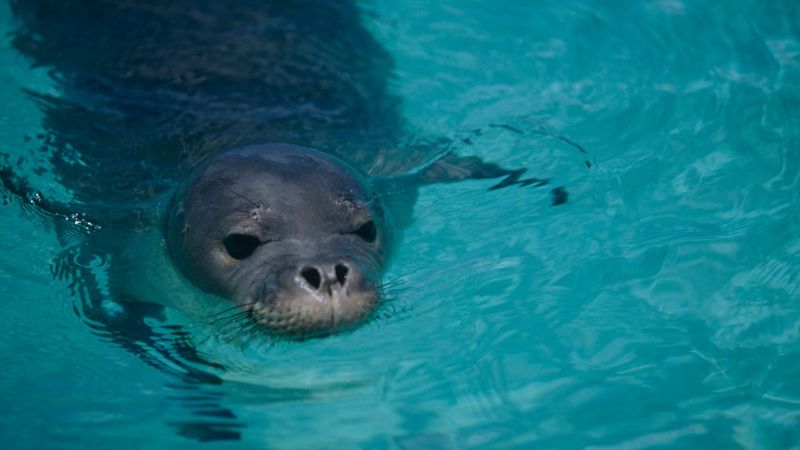
Innovative “head-start” programs give underweight female pups a fighting chance. Scientists rescue struggling youngsters and raise them in protected enclosures on safer islands like Kure Atoll.
These protected pups receive supplemental feeding until they’re strong enough for release. The program dramatically improves survival rates for vulnerable females. Each rescued pup potentially represents multiple future generations of seals that would otherwise be lost.
10. Hospital For Hope
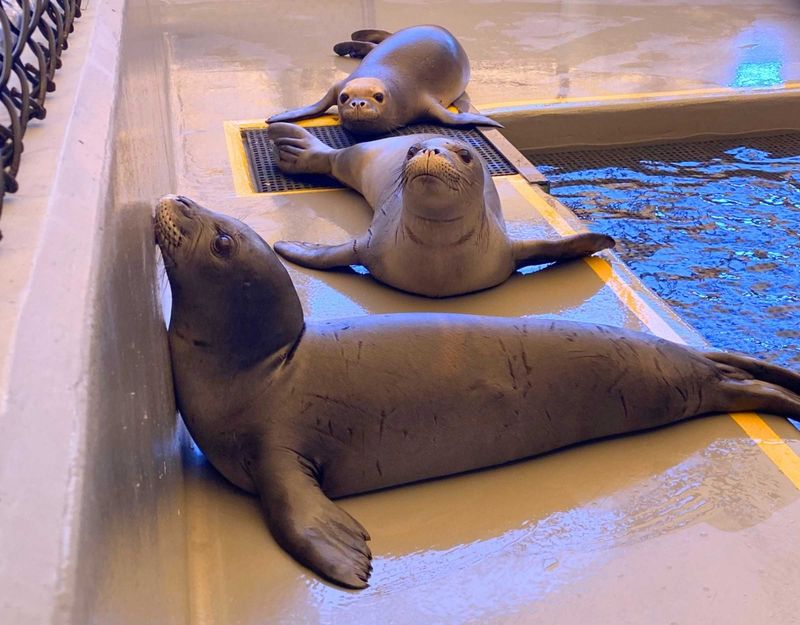
Ke Kai Ola, Hawaii’s dedicated monk seal hospital, serves as a lifeline for injured seals. The facility treats everything from shark bites to malnutrition and disease.
NOAA’s rehabilitation teams work alongside the hospital staff to nurse seals back to health. Their combined efforts have saved countless lives. Remarkably, about 30% of today’s monk seal population exists thanks to these rehabilitation programs.
11. Fighting Disease Threats
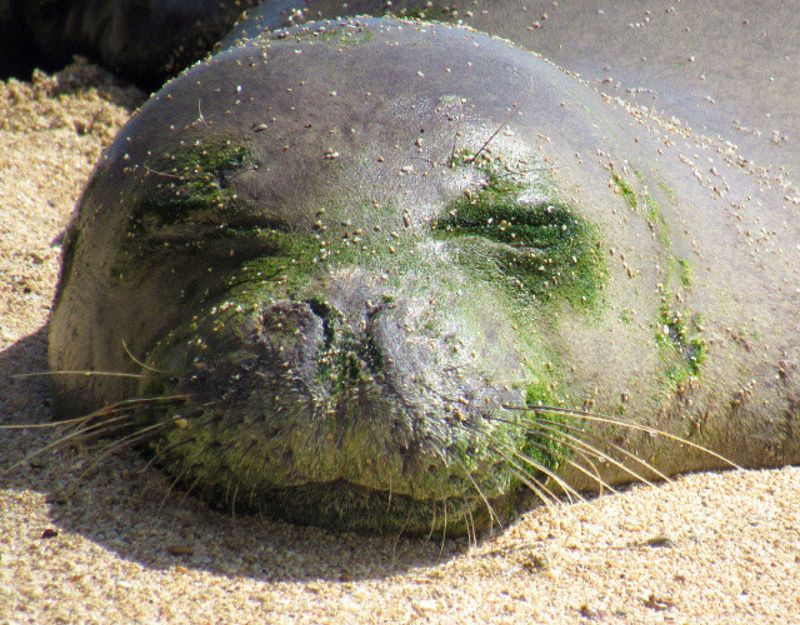
Preventative healthcare keeps monk seal populations safer through strategic vaccination programs. Teams vaccinate seals against morbillivirus (similar to distemper), which could devastate the already vulnerable population.
Another critical effort focuses on reducing contact with feral cats, rabbits, and dogs that spread diseases like toxoplasmosis. Community programs encourage responsible pet ownership and feral animal management. Each vaccination potentially prevents a catastrophic disease outbreak.
12. Protected Paradise
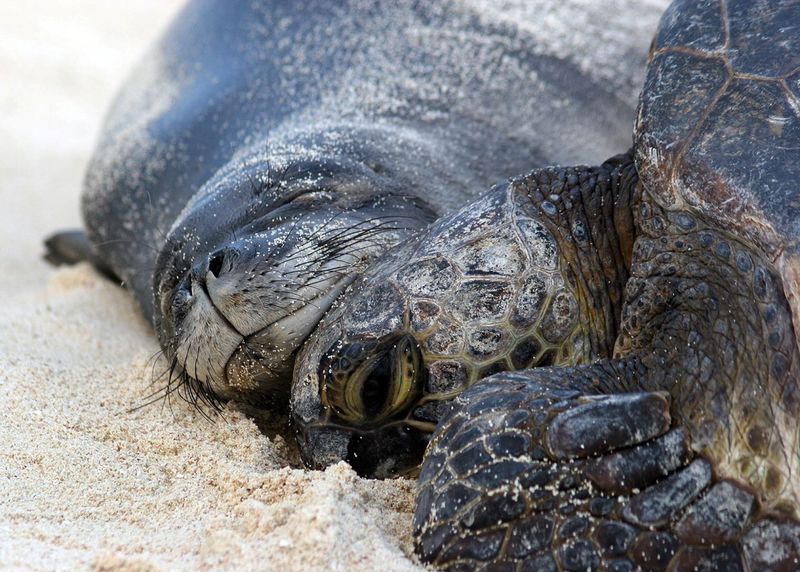
Legal safeguards offer monk seals a fighting chance through multiple layers of protection. The Endangered Species Act and Marine Mammal Protection Act make harming these seals a serious federal offense.
Their core habitat lies within Papahānaumokuākea Marine National Monument, the largest marine protected area in the world. This vast sanctuary shields critical breeding grounds from fishing and development pressures. These protections create safe spaces where seals can gradually rebuild their numbers.
13. Community Guardians
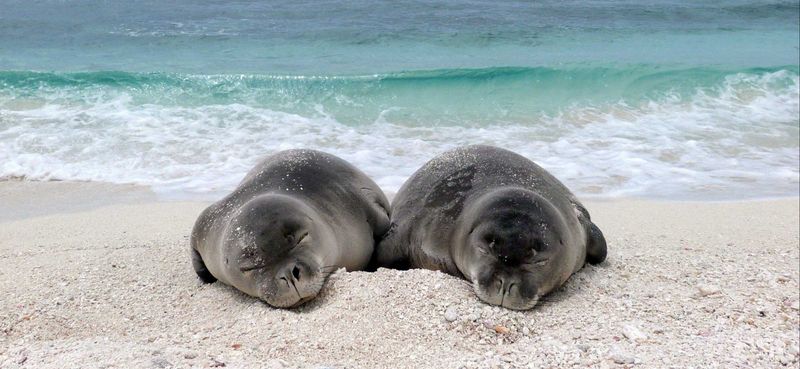
Local volunteers form the backbone of monk seal protection efforts across Hawaii. Dedicated community members report seal sightings, monitor beaches, and educate visitors about respectful wildlife viewing.
These passionate guardians remove dangerous marine debris and help enforce protection laws. When a seal hauls out on a popular beach, volunteers quickly establish protective perimeters. The connection between local communities and these beloved animals creates a powerful force for conservation.



